
Up Close and On the Ground With Canada’s Intrepid Tree Planters
Photographer and filmmaker Rita Leistner was a planter herself for years, before returning to document the grueling seasonal profession.
Rita Leistner admits to having nightmares about planting trees. For almost 10 years she worked as a tree planter in the forests of British Columbia, and now she’s the creative force behind Forest for the Trees, a photo book and documentary about the intrepid souls who take on this arduous, relentless, and ultimately rewarding job. In the opening lines of her film she explains how those bad dreams have recurred every six months or so for the last 20 years, “… so it’s obviously something that has never left me.”
In Canada, logging companies hire professional tree planters to place seedlings in the ground by hand. It’s a seasonal job—physically demanding and over rough terrain. Leistner has found that most people can’t appreciate just how demanding it is. In fact, she credits her time planting trees as preparing her for being a photographer in conflict zones. “Someone at my agency in New York at the time, when I‘d been working in Iraq, was giving me advice, and they’re like, ‘Well, you should take tree planting off your bio because it looks trivial next to your other accomplishments.’ And I thought, ‘Oh my God, those like half-million trees that I planted, that was one of the hardest things I will have ever done in my life.’”
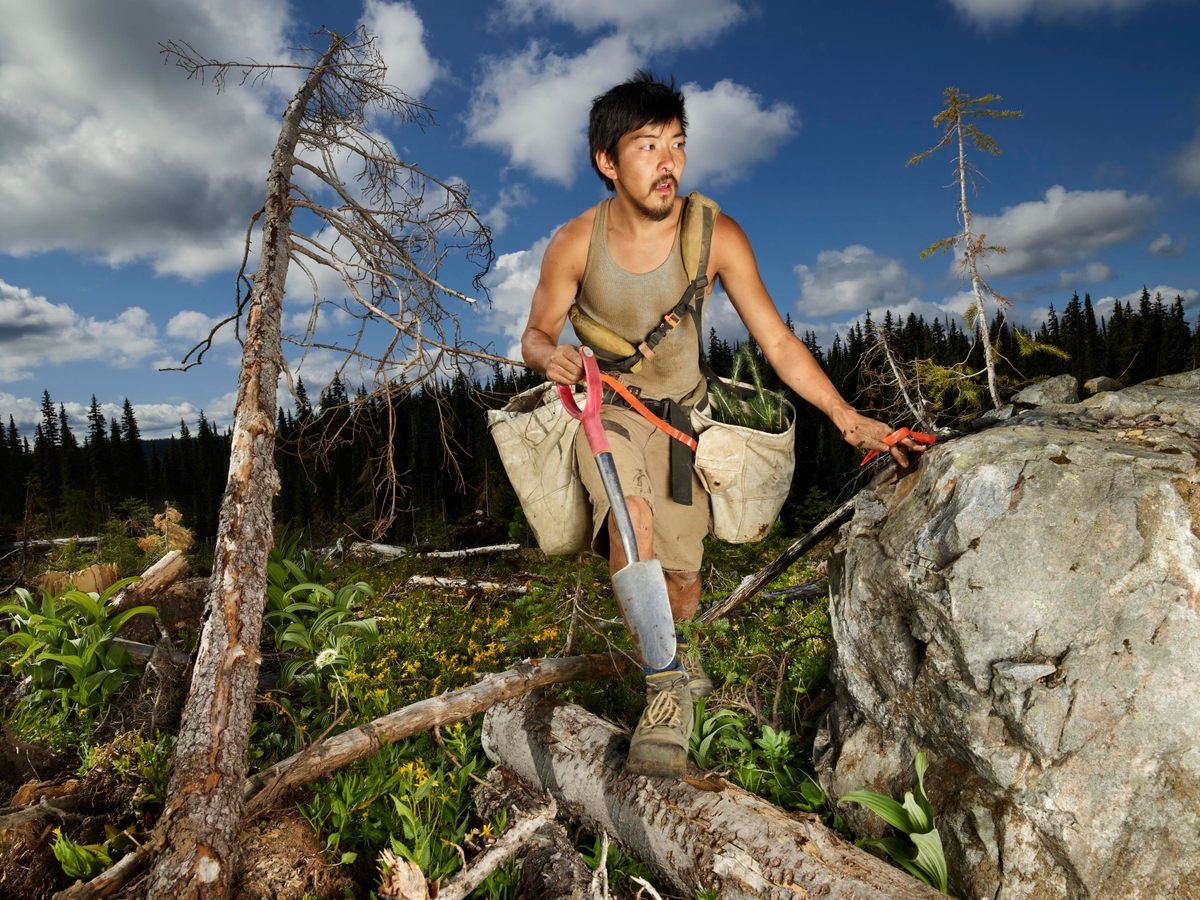
She finally got a chance to show people what it is like when, in 2016, she immersed herself once more in the Canadian forests with a camp of about 100 tree planters. For four seasons, the award-winning war photographer documented their grueling and often solitary work in the day, and their community camaraderie at night. In the documentary, distinctive facets of the tree planting life emerge, such as their lingo: “cream” (for land that is easy to plant), “shnarb” (for difficult land with big piles of sticks and brush), and “highballer” (for the person who plants the most trees). She documented their celebratory tattoos and their heartbreaking losses.
Interwoven throughout the film are Leistner’s large-scale (6 by 5 feet), incredibly detailed photos, as well as her own exploration of how her art and labor have come full circle. “My film is about the process of making a film about planting trees as much as it is about planting trees. They are parallel activities throughout the film, and both are grueling and impossibly hard,” she says. “I see planting trees as a metaphor for so many things in life. It’s incredibly physically hard, but you also have to be highly self-motivated because you’re being paid per tree, not per hour. So it really teaches you about being self-driven, self-motivated, and how to persevere when you’re cold and you’re tired, because the weather is erratic, and sometimes the biting insects are hideously punishing and they make you crazy, and you have to just keep going no matter what and it’s the only way to get through the day.”
Atlas Obscura spoke with Leistner about her nightmares, clearcut tattoos, and what sent her back after decades away.
You planted trees in Canada for almost a decade. What should we know about tree planting?
Tree planters burn an average of 8,000 calories per day, which is phenomenal. It’s the equivalent of running 2.5 marathons. And these are numbers that I’ve gotten from a biochemist named Delia Roberts, who did studies on caloric output among tree planters. Roberts, who had worked for the Canadian Olympic team in nutrition and caloric balancing, was teaching biochemistry in British Columbia, where my project was made and where a lot of the tree planting in Canada happens. She had students who were tree planters, telling her how many calories they burned planting trees, and it was more than an Olympic athlete would burn, and she just said, “No way, no one works that hard. It’s not possible.”
Eventually, [Roberts and another scientist] obtained a grant and they did a major study. And the study confirmed what the tree planters had told them. This is how they came up with this average 8,000 calories a day. Isn’t that crazy? You’re covering enormous amounts of terrain, you’re carrying heavy bags of trees that weigh around 30 to 40 pounds when they’re full, and then you have to plant them to empty them out. They’re climbing crazy, impossibly rough, uneven terrain, riddled with cavities and uncountable things you can trip over, fallen trees and brush and prickly bushes. You’re navigating this with your shovel and looking for spots in the ground where you can find soil and plant a tree. So you have to slam your shovel into the ground, open a hole, and then you have to bend over with all that weight and put the tree in the hole, and close that hole with your fist or your foot—thousands of times a day! The whole time you’re making sure your trees are exactly the right distance apart. They can’t be too close together and they can’t be too far apart. The trees can’t be too shallow and they can’t be too deep. And they can’t be in ground that’s too wet or ground that’s too dry. It’s monitored by people with measuring tapes who usually work for either the logging company or the government, and they do quality checks on everyone’s land. You have to get 95 percent quality or you have to go back and fix it, and you don’t get paid to do that. There’s a lot of pressure. You’re paid per tree, and that’s what motivates people to work so hard.
The tree planters in my project are working for logging companies and for the government. But tree planting is in transition. It’s going from being something securely within the forestry industry to a kind of anthropocene symptom and solution to climate change. According to headlines, planting billions of trees is one of the most feasible and affordable ways of taking carbon dioxide out of the atmosphere. Who is going to plant those billions? It won’t be done by volunteers planting a few trees a day. Canada’s professional tree planters are capable of planting upwards of 2,000 to 5,000 or more trees per day! If tree planting were an Olympic sport, Canadian tree planters would win all the gold.
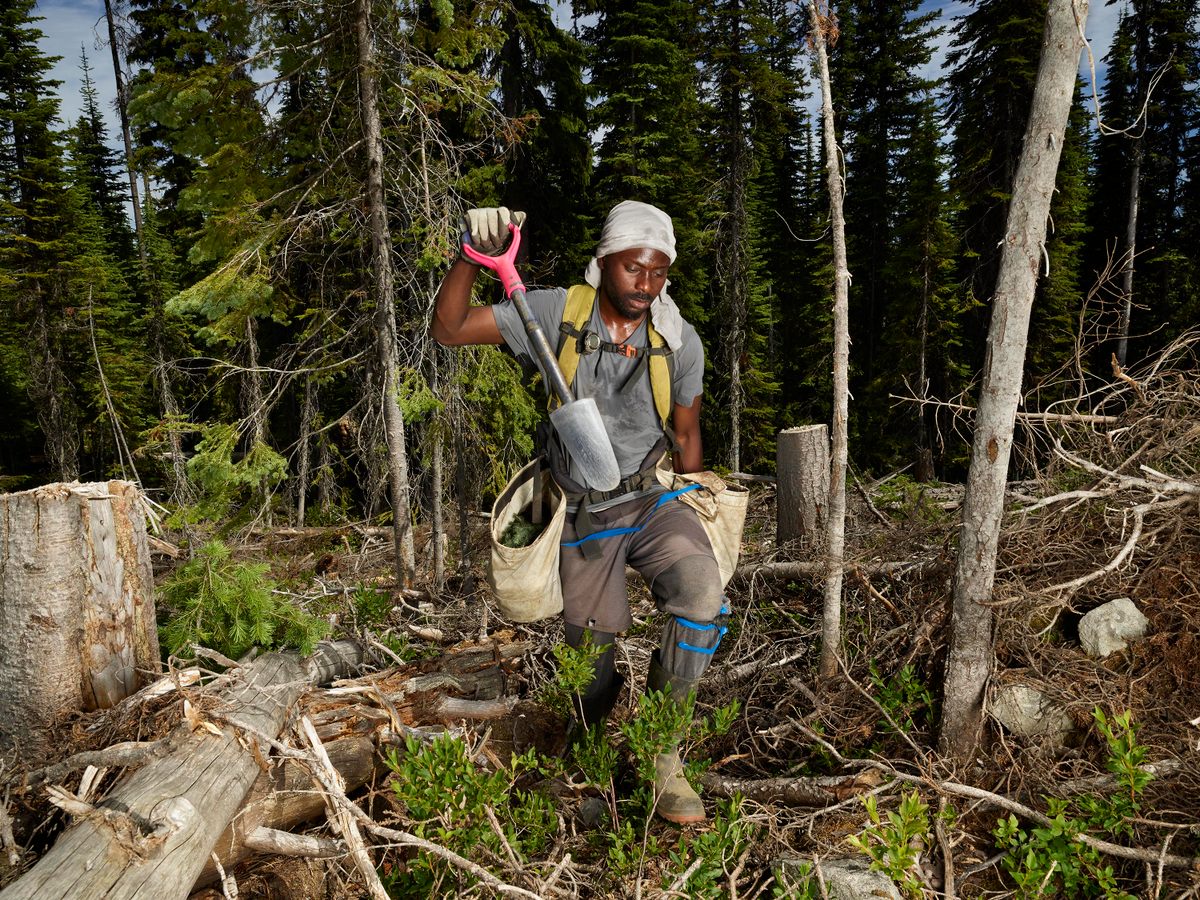
Then you became a photojournalist, documenting conflict in countries such as Afghanistan and Iraq. What brought your attention and focus back to tree planters decades later?
Back in 1991, I had this conversation with a buddy of mine, Garth Hadley, drunk in a bar in some small town in northern British Columbia. We were like, “We should make a documentary film about tree planting, no one knows what this life is like.” But we were in our 20s and we didn’t know anything about how to make a film. Then years later, in 2015, I had just come back from a trip to Palestine, and I was in New York and Garth happened to be in New York with his wife, and I hadn’t seen him in a decade. I guess because I was going to see him, tree planting was on my mind. I’d had a nightmare the night before. I used to have nightmares every six months or so about tree planting. Usually it was about my photography career tanking and I had to go back tree planting despite how old I was. I arrived late, and I got a shovel with a broken handle, and I got the weirdest land, and my tent was ripped, and it was just awful. And I said, “You know, Garth, I feel like I’m done with conflict zones, and I had this nightmare last night about tree planting. Maybe we should make this film we talked about 20 years ago.” He said, “Well, your timing is perfect because I just bought a tree planting company, and let’s do it.” And that’s how it started. I thought maybe it’ll take two years or something. But it was so photogenic, it was so rich, I just kept going back.
So after two years, at the end of 2018, they had a farewell party for me in the camp and as we’re driving out of camp, I said to my assistant, “You know what? I’m going to have to go back next year.” I just knew it because, as I was about to leave, one of the planters comes up to me and he tells me a snippet of a story, but it was loud and we were leaving. I thought, “Oh my God, I have to go back just to hear this guy’s story!” I went back and it was a good thing that I did, because every year I gathered something that became really essential to the project.
I see you used a portable strobe with a softbox to illuminate your subjects. Why did you choose that kind of professional lighting?
I’m trying to get this painterly feeling to the work. I’m really trying to control what it looks like and so it’s super bright and colorful, with deep, deep depths of field, so every little detail is wrought. I thought they should be hanging up like heroic Renaissance paintings. My photography is not straight journalism by any means, but it’s a combination of being in a real-world situation like you would be in for documentary, but using these very complex studio techniques on the go, on the run, at the top of a mountain. Many people looking at the photographs think they’re staged or that they’re posed. When they realized that these are action shots, that’s when the curators at institutions really took notice.
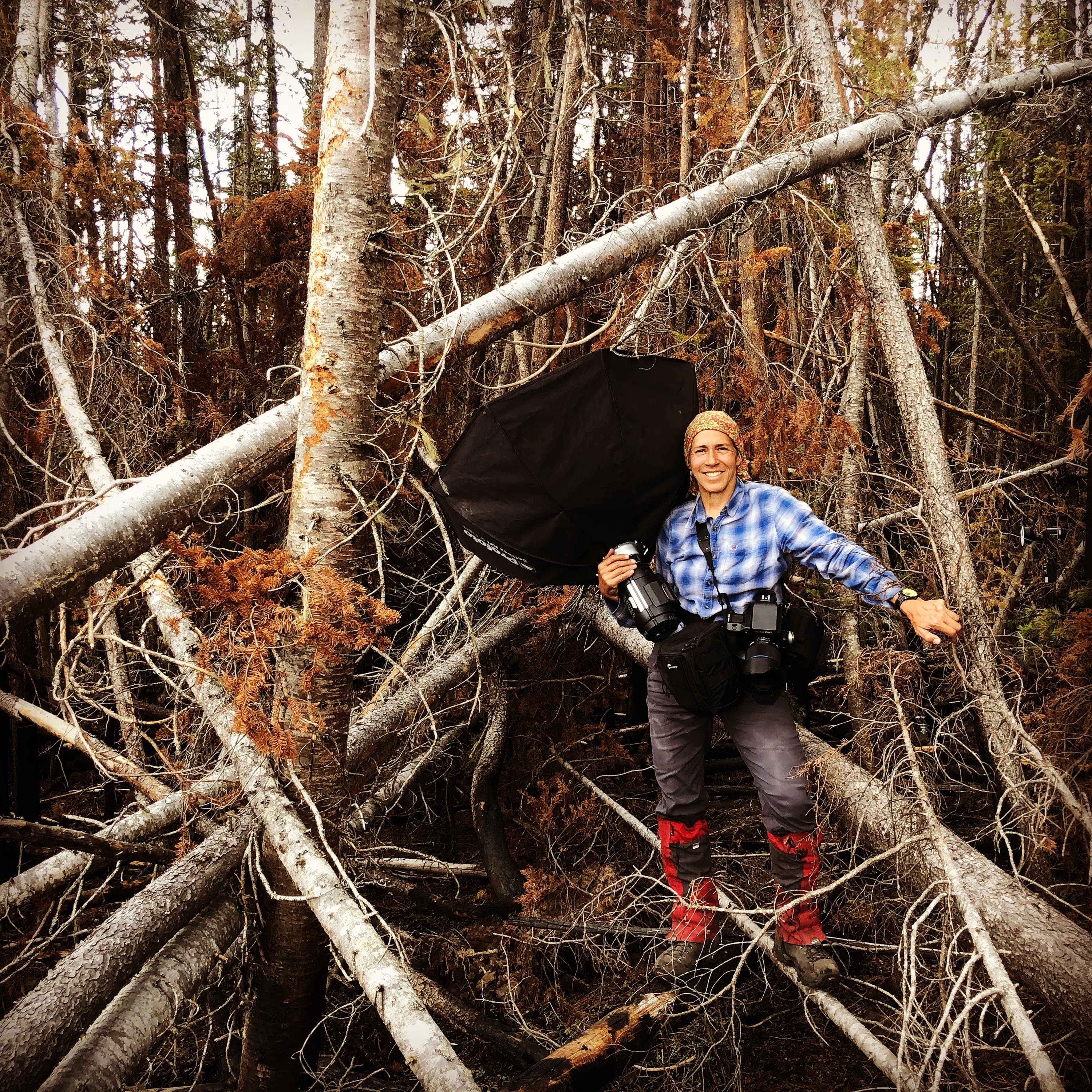
The photos of tattoos are really evocative, too.
In my day we had a tradition where when you planted your last tree, your last season, you got a tree tattoo. So I actually have this tiny little tree tattoo on my ankle that I paid $15 for and it looks like a Christmas tree. I actually got it in Dallas after I swore myself off tree planting, so that was when I earned my tattoo. Then I come back 20 years later and tattoos are much more a part of youth culture, and they’re much more a part of the tree planting culture. Because it is such hard work, and because they feel they’re part of a community, I think there’s this way in which their tattoos connect them. In this particular camp there was a tree planter named Laurence Morin, who is an artist. She’s in one of the photographs I made, and you can see she has a big tattoo on her arm. So Laurence started becoming the tattoo artist to the tree planters and I started filming it, and including her giving me a tattoo.
My tattoo is a “bracelet” around my forearm. It’s a treeline on one side and on the other side it’s a clearcut [the vast swaths of land where trees are cut by logging], and that was Laurence’s idea. It was because I had been talking to her about war zones and how, when you’re a photojournalist, you go to these conflict zones and, in a weird way, your work relies on all this damage that has been done. But you’re also there to try to address it and do something about it. The clearcut was kind of the same thing, and the tree planters are addressing the clearcut. But even as a documentarian I was trying to do the same thing to acknowledge my role in this complicated, controversial industry because forestry practices are still evolving. Laurence said, “Well then, why don’t we put a treeline and a clearcut on your arm.” So I’m pretty sure I’m the only person in the world with a clearcut tattoo.
Now tree planters from around the country go on pilgrimages to Laurence Morin’s tattoo studio in Montreal to get her to give them tattoos. So I always say it’s like Laurence’s tattoos are connecting them. For the rest of our lives, wherever we go, we will be connected by this ink.
This interview has been edited for length and clarity.







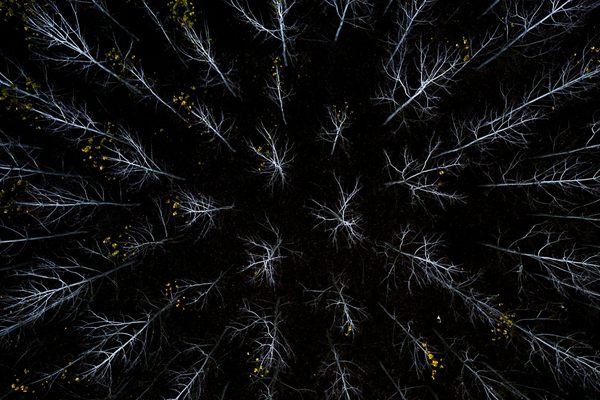
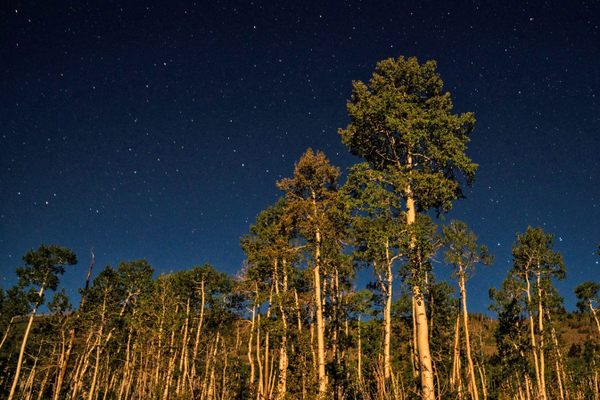









Follow us on Twitter to get the latest on the world's hidden wonders.
Like us on Facebook to get the latest on the world's hidden wonders.
Follow us on Twitter Like us on Facebook